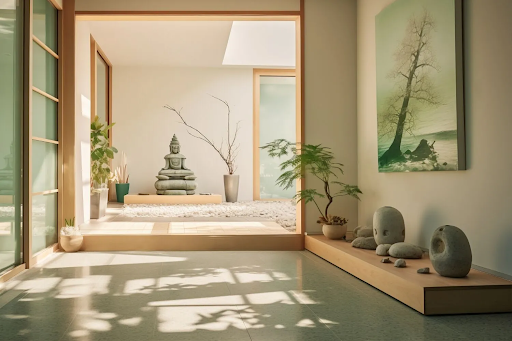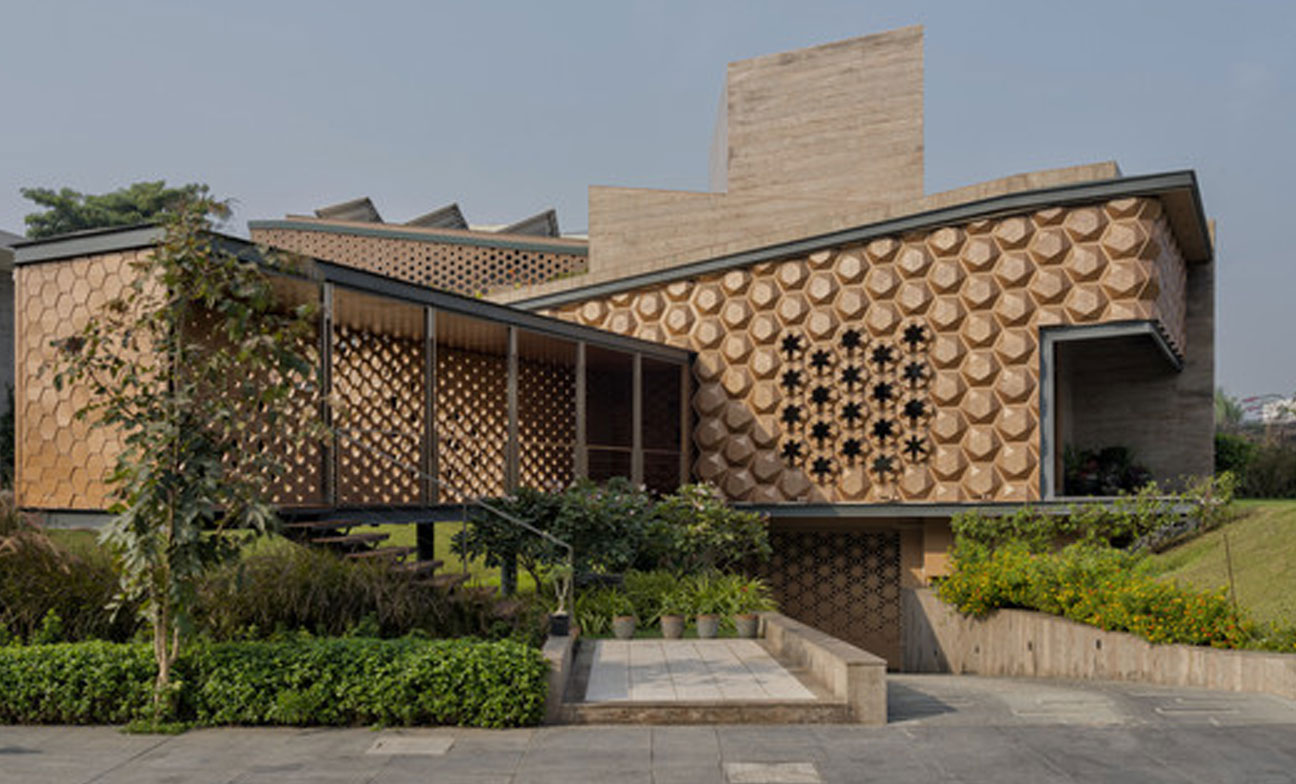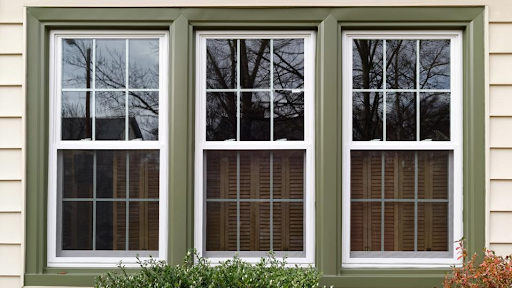
How to Design Wellness-Centric Interiors for User Comfort and Health?
Designing spaces that prioritize user comfort and health isn’t just about aesthetics—it’s about creating environments that promote well-being, reduce stress, and support a healthier lifestyle. Whether you’re renovating your home or embarking on a new project, understanding how to incorporate wellness principles into your interior design can lead to spaces that nurture both body and mind.
What are Wellness-Centric Interiors?
Source: Decorilla
Wellness-centric interiors are designed with a focus on enhancing the physical and mental health of the occupants. These spaces go beyond traditional design by incorporating elements that promote relaxation, reduce stress, and foster a sense of harmony and balance. The key features of wellness-centric interiors include:
Natural Light: Maximizing natural light through large windows, skylights, or strategically placed mirrors to boost mood and energy levels.
Air Quality: Ensuring good indoor air quality with proper ventilation, air-purifying plants, and non-toxic materials to create a healthier living environment.
Ergonomics: Prioritizing ergonomic furniture and layouts that support proper posture and reduce physical strain, especially in workspaces and sitting areas.
Soundscapes: Incorporating acoustic treatments and soundproofing to minimize noise pollution and create a peaceful atmosphere.
Biophilic Design: Integrating natural elements such as plants, water features, and natural materials to connect with nature and enhance tranquillity.
How to Create Wellness-Centric Interior Design?
Source: The Spruce
Creating wellness-centric interiors involves a thoughtful approach to design, focusing on elements that foster comfort and health. Here are some key strategies to achieve this:
-
Prioritize Natural Light and Views
Natural light has a profound impact on well-being, affecting mood and productivity. Design your space to maximize daylight by placing work areas and seating near windows and using light-filtering window treatments. Additionally, consider incorporating outdoor views into your design, as they can enhance relaxation and connection to nature.
-
Incorporate High-Quality Air
Good air quality is essential for maintaining a healthy living environment. Use air-purifying plants like snake plants or peace lilies to naturally filter toxins. Ensure proper ventilation by incorporating exhaust fans or air purifiers and choose low-VOC paints and materials to reduce indoor air pollution.
-
Invest in Ergonomic Furniture
Ergonomic furniture supports proper posture and reduces physical strain, which is particularly important in home offices or study areas. Invest in adjustable chairs, desks at the correct height, and supportive cushions to create a comfortable and functional workspace.
-
Create a Tranquil Sound Environment
Minimize noise pollution by using sound-absorbing materials like carpets, curtains, and acoustic panels. Consider adding calming sounds, such as a water feature or soft background music, to enhance relaxation and create a soothing atmosphere.
Source: Vevano
-
Integrate Natural Elements
Bring the outdoors inside by incorporating biophilic design elements. Add indoor plants, use natural materials like wood and stone, and incorporate water features to create a calming and nature-inspired environment. This connection to nature can improve mood and reduce stress.
-
Use Calming Colors and Textures
Color psychology plays a significant role in wellness. Opt for soothing colors such as soft blues, greens, and neutrals that promote relaxation and tranquility. Choose textures that are gentle and comforting, like plush rugs, soft linens, and cozy throws, to enhance comfort and sensory enjoyment.
-
Design for Movement and Flexibility
Encourage physical activity and flexibility within your space by including areas for stretching, yoga, or light exercise. Create multi-functional spaces that can adapt to different needs, allowing for movement and activity without compromising comfort.
-
Focus on Personal Well-being
Personalize your space with elements that enhance your well-being, such as a dedicated meditation corner, a reading nook, or a space for hobbies. Ensure that the design reflects your individual preferences and promotes activities that contribute to your overall health and happiness.
In Conclusion
When you prioritize comfort, health, and personal well-being in your design choices, you’re not just building a space; you’re building a lifestyle that promotes balance, relaxation, and joy. Whether you’re revamping a single room or designing an entire home, embracing the principles of wellness-centric design will help you create a space where you can thrive, recharge, and feel at peace every day.
Visit the Archizy Shop to learn the latest interior design ideas and trends.














